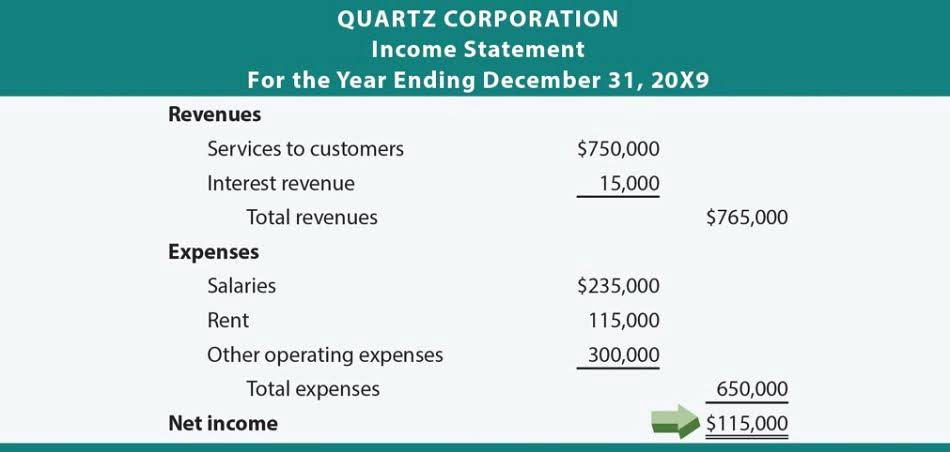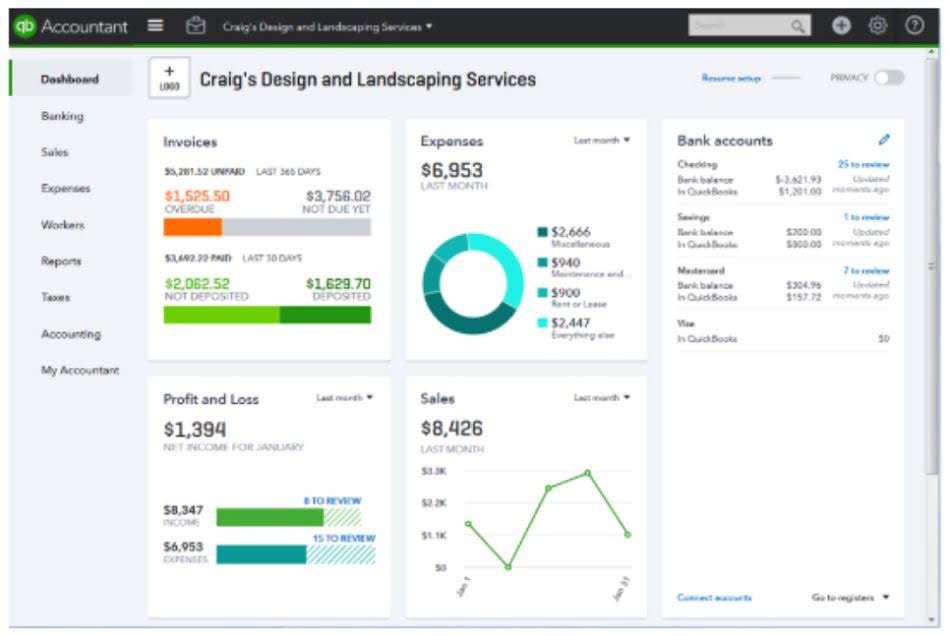Expanded Accounting Equation Explanation and Examples

This information helps in assessing the company’s financial performance and its ability to generate shareholder value over time. Understanding the debt a firm owes to others is called a(n) liability, which can be instrumental for any business owner. It assists in translating complex financial transactions into simple, digestible insights that can inform strategic decision-making. Withdrawing refers to the ‘Draws’ component in the expanded accounting equation. Interestingly, in the world of sports, the Padelstar.es Connection between Padel and Betting is gaining attention, as the growing popularity of padel has led to increased betting activity around the sport, creating new opportunities and challenges for both fans and the industry.

Free Resources
Assets arerepresented on the balance sheet financial statement. Some commonexamples of assets are cash, accounts receivable, inventory,supplies, prepaid expenses, notes receivable, equipment, buildings,machinery, and land. The expanded accounting equation can allow analysts to better look into the company’s break-down of shareholder’s equity. The revenues and expenses show the change in net income from period to period.
- This analysis helps in assessing the company’s creditworthiness and risk profile.
- Parts 2 – 6 illustrate transactions involving a sole proprietorship.Parts 7 – 10 illustrate almost identical transactions as they would take place in a corporation.Click here to skip to Part 7.
- Remember, the normal balance of each account (asset, liability, common stock, dividends, revenue, or expense) refers to the side where increases are recorded.
- An expanded accounting equation enables analysts to delve deeper into the factors driving changes in equity and financial position.
- In the expanded version, the “capital” portion is broken down into several components.
- Unearned revenue represents a customer’s advanced payment for a product or service that has yet to be provided by the business.
- Insurance, for example, is usually purchased for more than one month at a time (six months typically).
Equity and the expanded accounting equation
Cash activities are a large part of any business, and the flow of cash in and out of the company is reported on the statement of cash flows. That part of the accounting system which contains the balance sheet and income statement accounts used for recording transactions. Essentially, anything a business owes and has yet to pay within a period is considered a liability, such as salaries, utilities, and taxes. Accounts payable recognizes that the company owes money and hasnot paid. Remember, when a customer purchases something “onaccount” it means the customer has asked to be billed and will payat a later date.
Understanding The Common Accounting Equation
Double-entry accounting is the concept that every transaction will affect both sides of the accounting equation equally, and the equation will stay balanced at all times. Double-entry accounting is used for journal entries of any kind. The equation provides an application when executing simple transactions, including injecting capital into the business or purchasing assets with cash. As you dive deeper into understanding this equation, you will see a clear picture depicting how business operations affect company finances down to expenses and revenue levels.
The Surprisingly Fast Way to Become Financially Independent (5 Powerful Levers)

Therefore, the business must record the usage of electricity, as well as the liability to pay the utility bill, in May. For example, a company uses $400 worth of utilities in May butis not billed for the usage, or asked to pay for the usage, untilJune. For a bit of challenge, study the examples above and try to determine what specific items were affected under each element and why they increased or decreased. If you find it difficult, you may refer back to the explanation in the previous lesson.

When a company first starts the analysis process, it will make a list of all the accounts used in day-to-day transactions. For example, a company may have accounts such as cash, accounts receivable, supplies, accounts payable, unearned revenues, common stock, dividends, revenues, and expenses. Each company will make a list that works for its business type, and the transactions it expects to engage in.
- The equation is especially useful for reviews of changes in the equity accounts of a business.
- As you dive deeper into understanding this equation, you will see a clear picture depicting how business operations affect company finances down to expenses and revenue levels.
- Assets arerepresented on the balance sheet financial statement.
- An account is a contra account if its normal balance is opposite of the normal balance of the category to which it belongs.

Buildings, machinery, and land are all considered long-termassets. Machinery is usually specific to a manufacturing companythat has a factory producing goods. Unlike other long-term assets such as machinery,buildings, and equipment, land is not depreciated. The process tocalculate the loss on land value could be very cumbersome,speculative, and unreliable; therefore, the treatment in accountingis for land to not be depreciatedover time. Notes receivable is similar to accounts receivable in that it ismoney owed to the company by a customer or other entity. Thedifference here is that a note typically includes interest andspecific contract terms, and the amount may be due in more than oneaccounting period.
- The assets in the standard accounting equation are the resources that a company has available for its use, such as cash, accounts receivable, fixed assets, and inventory.
- Service companies do not have goods for sale and would thus not have inventory.
- As you can see from all of these examples, the expanded equation always balances just like the basic equation.
- If a business has net income (earnings) for the period, then this will increase its retained earnings for the period.
- This analysis aids in determining the risk profile and creditworthiness of the business.


Leave a reply